Read the inspiring journey of a patient, identified as Alicia, an adult who defied the odds after a spinal cord injury left her paralysed (unable to walk) from the waist down.
Walking seemed like an unlikely possibility as she struggled to even stand. However, through unwavering determination, Orthotic intervention and Physiotherapy, her progress took an incredible turn.
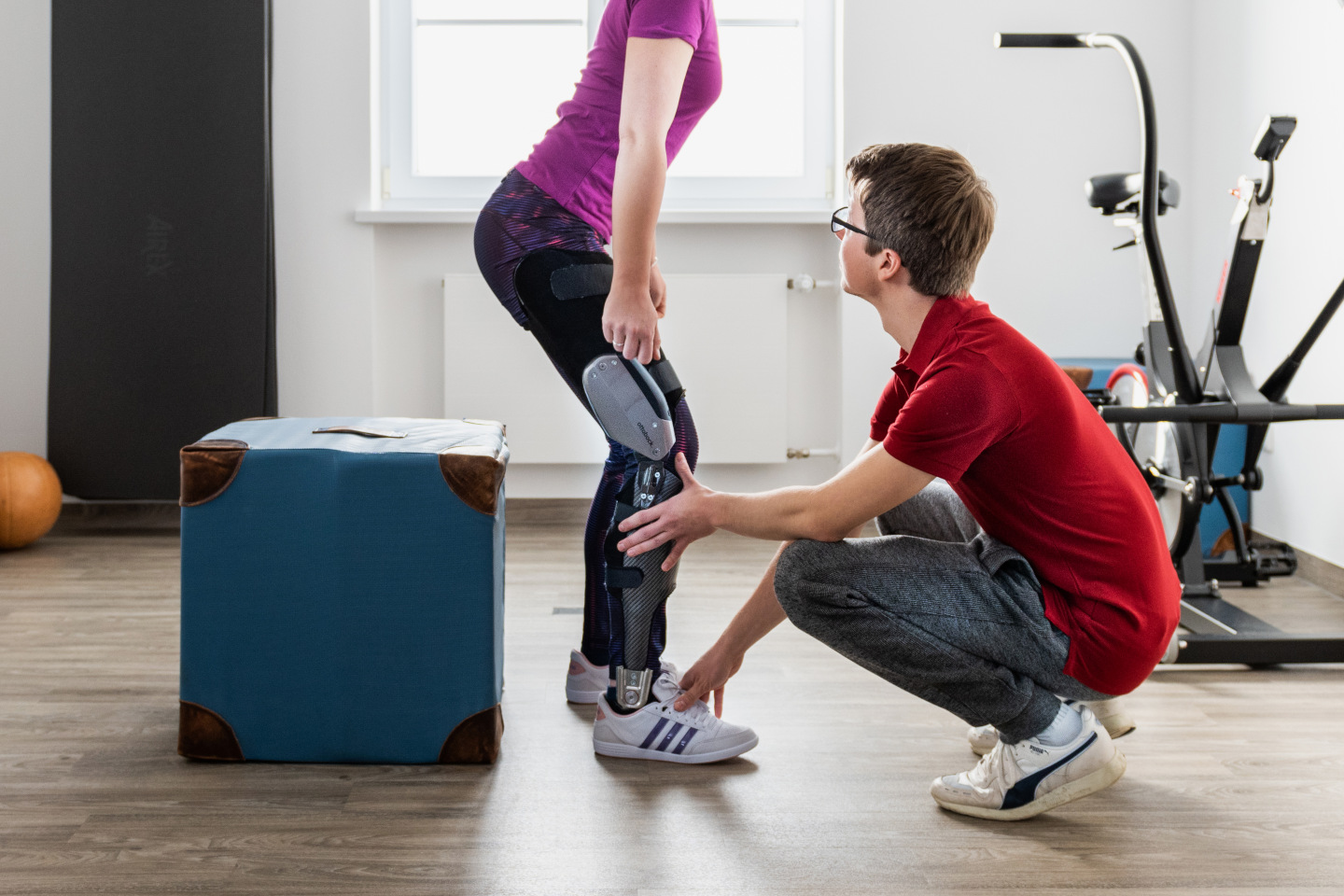
Gradually, she transitioned from using standing locked KAFOs (knee-ankle-foot orthoses) to embracing the revolutionary bilateral C-braces.
The road was long, but the results were nothing short of remarkable. Despite having limited strength below her waist, the C-braces proved to be a suitable prescription, enabling her to reclaim her mobility.
Alicia now confidently walks and ascends/descends ramps and stairs with the support of her Assistive Technology. Her determination, combined with the effectiveness of the C-braces, has transformed her life and shattered the barriers previously imposed.
We are proud to share the success story of this inspiring individual, whose choices have propelled her towards a future with newfound freedom and independence.
Limitations of Previous Prescriptions
The patient was previously wheelchair-bound except for supported standing/walking (i.e. handrails and gait aids).
The patient had attempted to utilise a locked KAFO to support standing and supported walking, while standing was possible, natural gait was not. Moreover, the use of KAFOs resulted in a reported strain on her lower back.
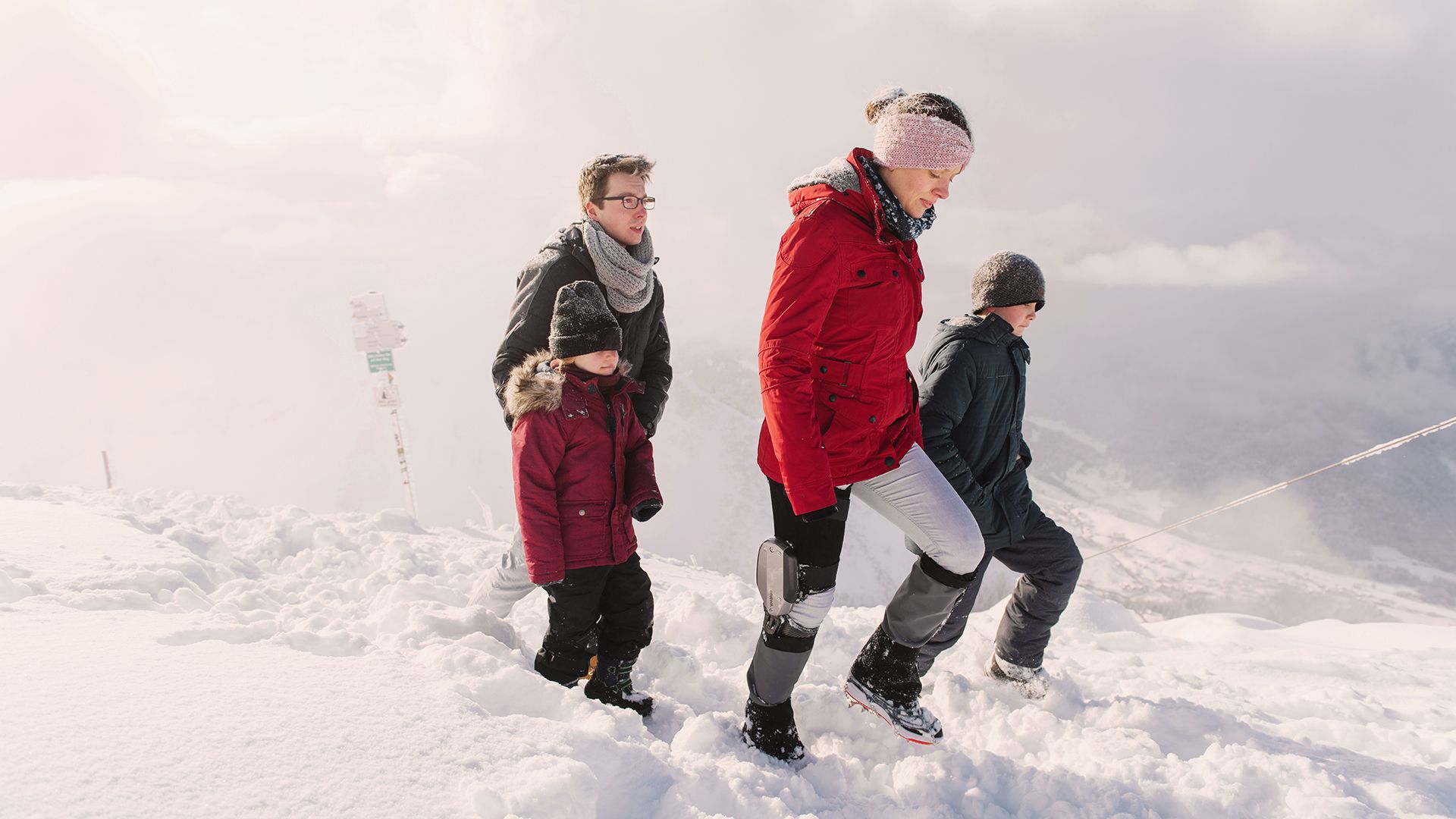
A locked KAFO refers to a type of KAFO that restricts movement at the knee joint. It typically includes a rigid component that does not allow bending or flexion of the knee. This locking mechanism is intended to provide maximum stability and control for individuals with weak or unstable knee joints.
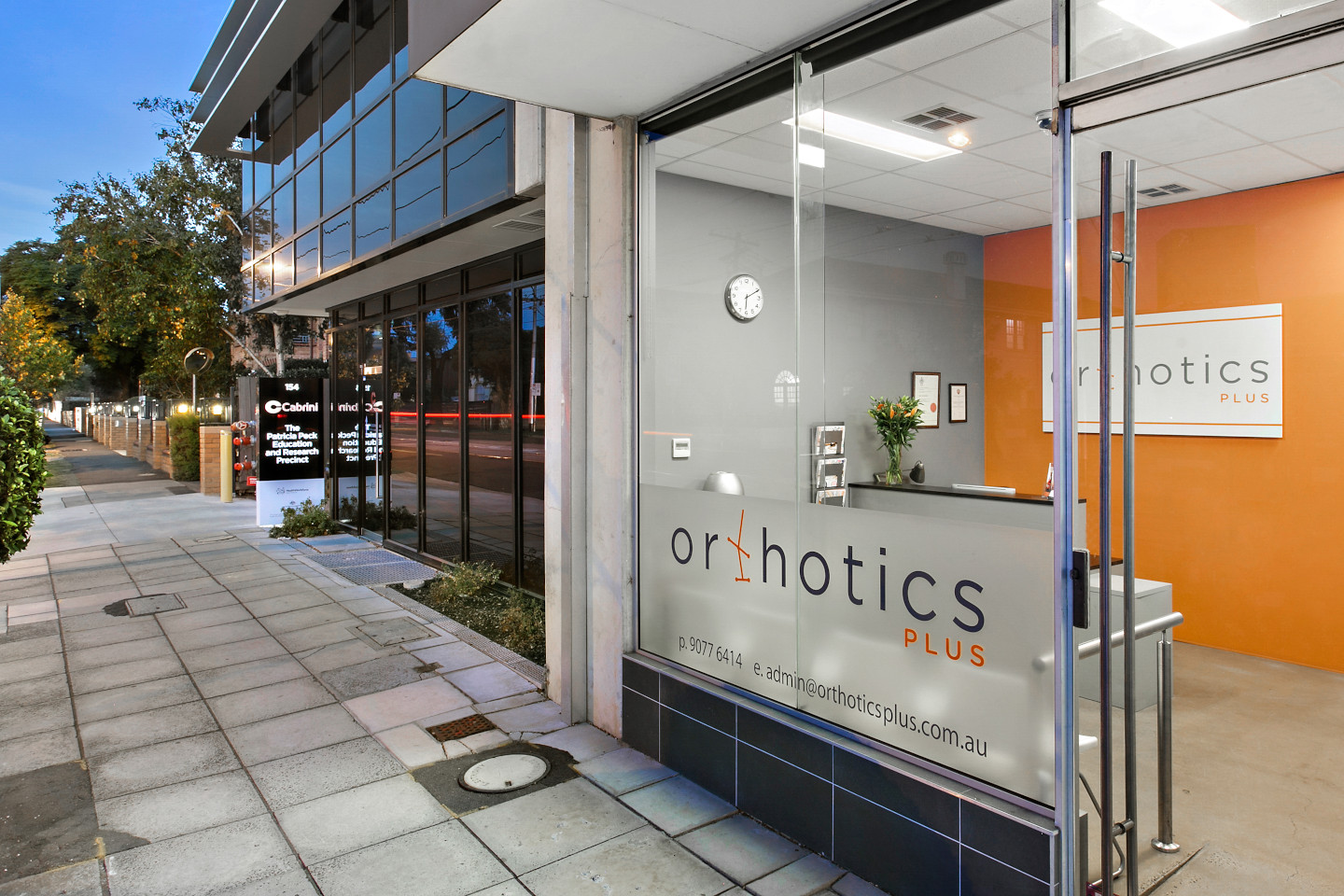
While a locked KAFO can offer excellent support and prevent unwanted knee movement, it also limited Alicia’s ability to walk.
It’s important to note that the previous prescription of KAFOs served its purpose and provided some level of mobility, however, there was a more appropriate prescription awaiting, given the unique circumstances.
Assessment and Identification of a C-Brace
The patient’s suitability for the C-brace was assessed based on her strength, abilities, and motivation, in close collaboration with our Orthotist and external rehab team.
Despite lacking strength in key muscle groups such as quads, hamstrings, and calves, she exhibited enough proximal and core strength to drive and utilise the braces effectively. This, along with her preferences, made the C-brace a suitable prescription for her.
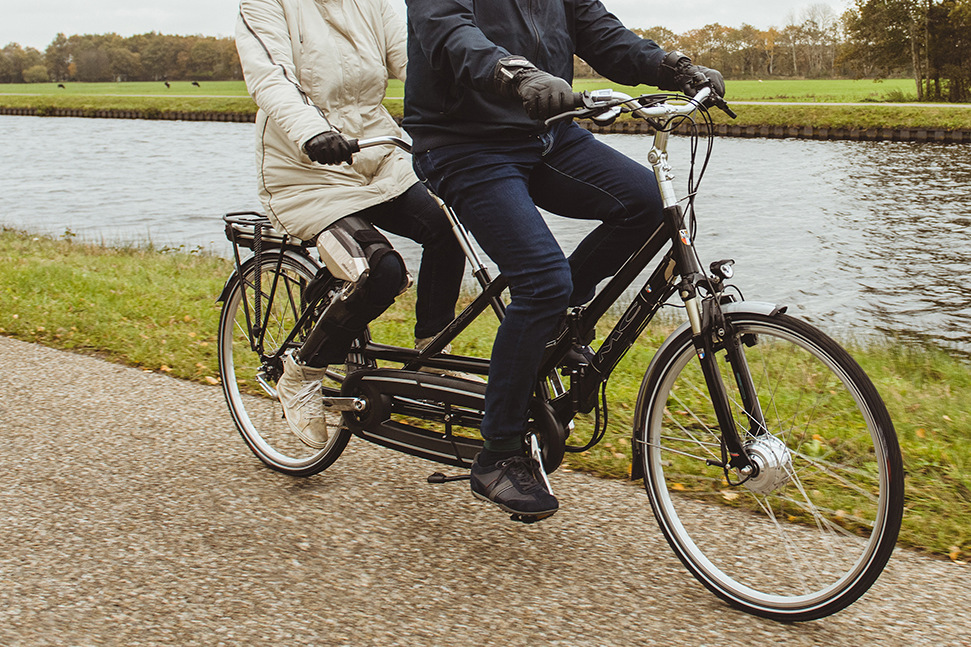
As part of the evaluation process, she underwent a trial kit fitting provided by Ottobock and Orthotics Plus. This involved setting up a generic-fitting brace on the patient, enabling her to try walking with it.
Although the trial kit may not have been aesthetically pleasing, it served as a crucial step in determining her suitability for the C-brace. Following successful assessment, the final product was custom-made through a series of fittings.
Specific Features & Adjustments for the Patient
The fitting process for the C-brace involves several steps:
- First, a cast of the leg is taken to create custom-fitted trial fit KAFO. These intimately-fitting shells and uprights are fine tuned ensure a precise fit.
- Once the KAFOs are well-fitted, a definitive set of carbon fibre shells are manufactured. These serve as the base for attaching the C-brace units.
- The C-brace units, which provide the necessary resistance to flexion and extension, are then attached to the KAFOs. They enable the patient to walk, while the shelter component ensures the leg is securely held onto the brace.
- Over time, the C-Brace fitting would be rechecked to account for weight fluctuations, given the increased exercise levels
This comprehensive fitting process ensures that the C-brace is tailored specifically to the patient’s needs and offers optimal support and functionality.
Training, Support & Follow-Up to Support a Successful Transition
The patient underwent intensive physiotherapy and training to adapt to wearing the C-brace, improve trunk strength and balance, and learn how to activate and walk with the units.
Gait training was conducted in collaboration with our Orthotists and external Physiotherapists,
Most Orthotics Plus clinics offers facilities with gym equipment and handrails, and we welcome external Physiotherapists to attend our clinics to provide this type of training.
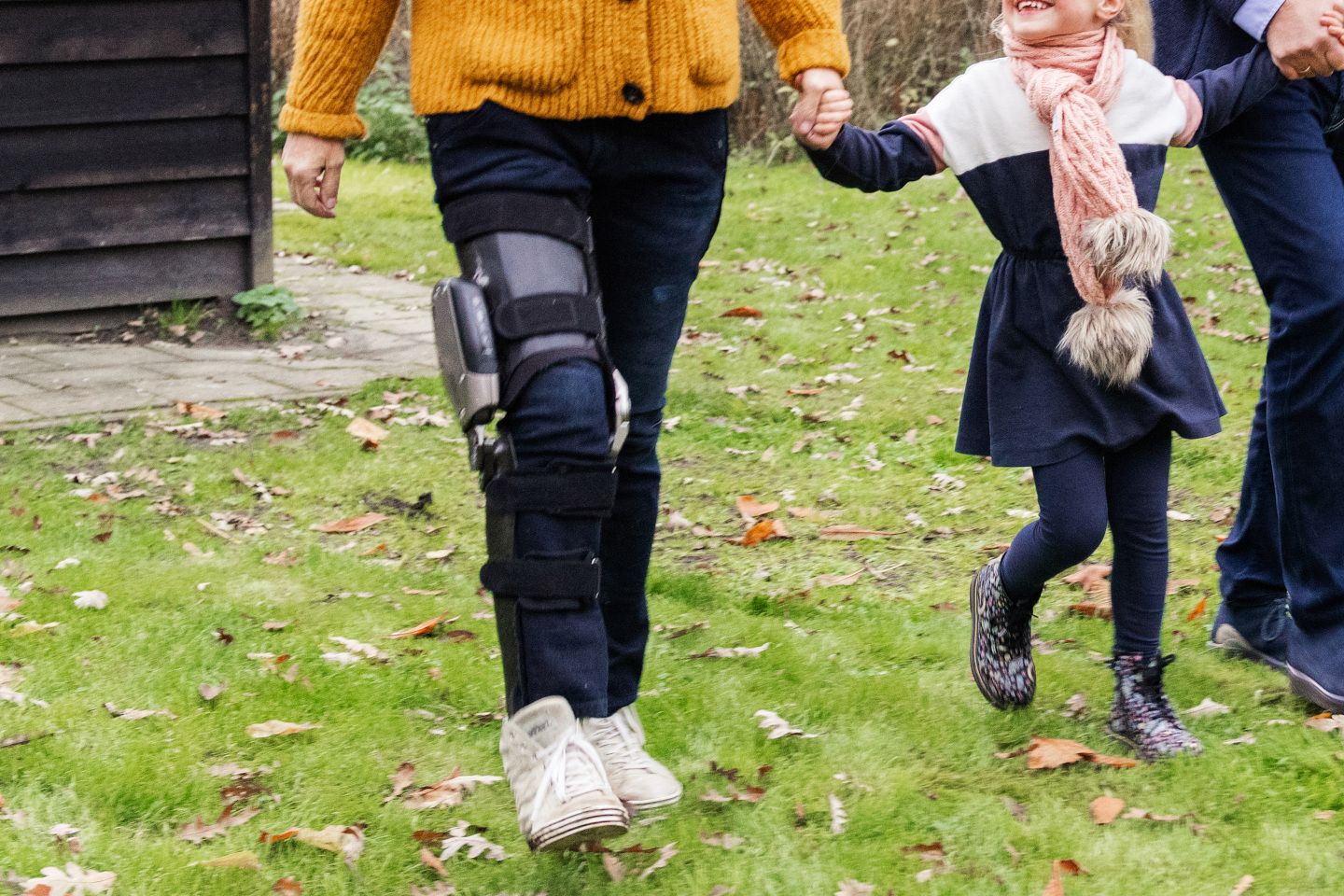
Before the injury, the patient was fit and strong, but the spinal cord injury led to deconditioning. C-brace usage requires functional hip muscles and proximal strength for movement, as the brace does not cover the hip joint.
Regular reviews will be conducted to ensure ongoing support and effectiveness of the C-braces. The responsibility now lies largely with the Physio and the patient to continue practising and utilising the braces. The braces have been designed, built, and delivered, accompanied by comprehensive education on usage. The patient’s efforts to maximise the benefits and continued use of the brace are crucial.
Reviews will address service needs and accommodate any changes in body composition. Eventually, after a lifespan of approx 6-10 years, a new set or prescription will be considered.
Funding the C-Brace through the NDIS
In order to secure funding for a high-cost technology like 2 x C-braces through the National Disability Insurance Scheme (NDIS), certain criteria must be met. Firstly, the technology must align with the patient’s goals outlined in their NDIS plan. Additionally, it needs to be deemed reasonable and necessary according to specific evaluation criteria.
To demonstrate the effectiveness of the technology, trial periods and outcome measures are conducted. This involves fitting the patient with the brace and assessing if it improves walking speed, stability, and energy efficiency, and achieves the goals outlined in their plan. Meeting these criteria increases the likelihood of obtaining funding, which is ultimately determined at the discretion of the NDIS and its approving authorities.
Orthotics Plus was able to provide the supportive documentation to the NDIS participant’s support organisation, as we are NDIS registered Orthotists.

Discover the Power of the C-Brace – Contact Orthotics Plus Today
Are you or a loved one seeking lower limb support for mobility and independence?
Alicia’s incredible journey with the C-Brace demonstrates the remarkable possibilities that we can achieve. Take the first steps towards your own success by reaching out to Orthotics Plus today.
- We have multiple clinics in Melbourne
- We are NDIS registered and experienced in helping patients understand various forms of Assistive Technology
- We are Australian owned and operated
- We work to your preferences
Please get in touch with our friendly administration team, we look forward to your enquiry.